A Writer Who Makes Readers Wait for Her Next Work
Writer Lee Geumi made her debut when she won the Sabbath Literary Award in 1984 with her <With Younggu and Heukgu>. Since then, she has been writing children’s books such as <Kundori’s House in Bamti Village (Prooni Books)>, <You and I are Just a Bit Different (Prooni Books)>, <First Love (Prooni Books)>, <Like a Roughneck Princess (Sakyejul)>, and <Called My Name (Sun&Tree)>, and teenage novels including <Life Traveler (Munhakdongne)>, <Yujin and Yujin (Prooni Books)>, <On the Verge (Prooni Books)>, <Sohee’s Room (Prooni Books)>, <The Story of the Youth (Sekyejul)>, and <Can I go there? (Sakyejul)>. Even though she has already written around 50 titles, she says she wants to be remembered as a writer whose next works are eagerly awaited by readers. Following is the interview with writer Lee Geumi.
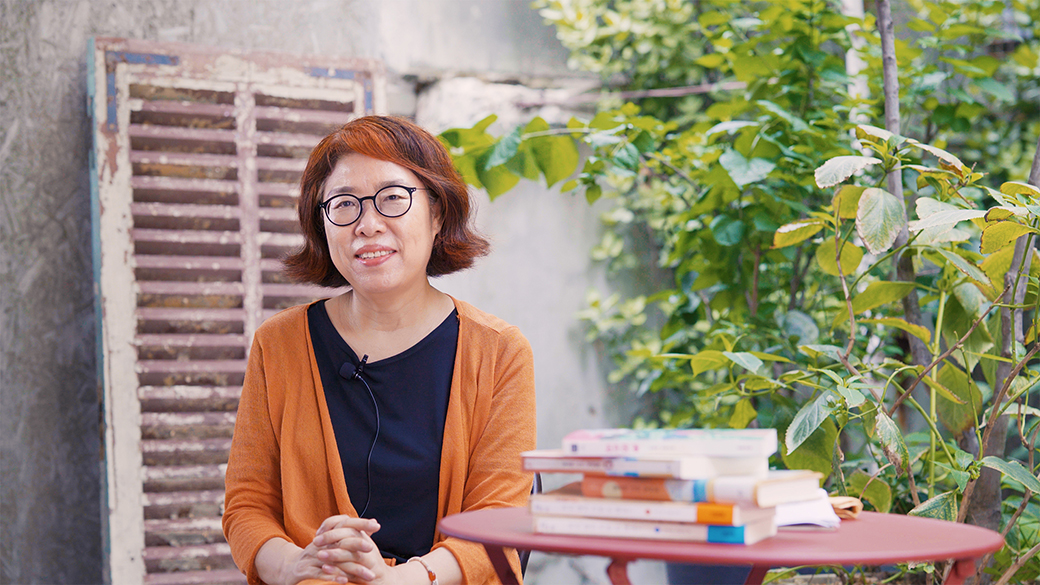
You have written more than 50 titles up to now. If you pick a color that can represent the world of your works, what would it be?
I’d like to choose cobalt blue. The word blue means feeling down, but cobalt blue is connected to green nature, and means hope and comfort. My stories are about characters that overcome their pain and recover from it by pursuing their dreams or making a choice in their lives, or growing up.
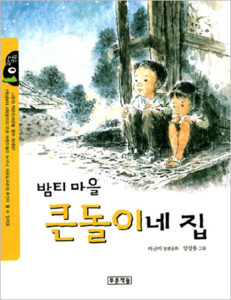
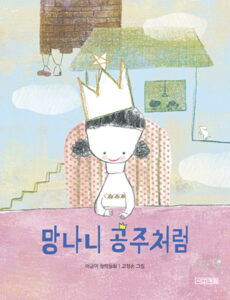
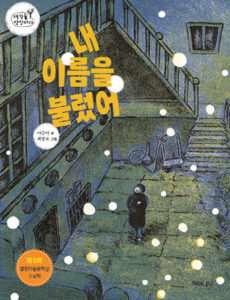
<Kundori’s House in Bamti Village>, <Like a Roughneck Princess>, <Called My Name>
What message do you intend to deliver to your readers?
Many children in our country are being forced by grownups to delay what they should be experiencing as children or as teens, such as happiness and joy, and I don’t mean only good things but also experiences such as making mistakes or having failures or setbacks.
I’d like to tell them that their lives in the present are important, and what they are doing now becomes their future as a collective whole. And their worth is not decided by doing well in school, doing what their parents tell them to do, or doing good things for others. I always tell them that they deserve to be loved and respected just by being who they are.
What was the most memorable reaction from your readers?
When I go to give talks, I meet young people who like books and dream of becoming writers. And when we meet, they would cry like how some girls would cry when they meet their idol singers. I feel very awkward and embarrassed, but as a writer, I feel overjoyed. They say I’m their role model. When I hear that, I ask myself if I deserve to hear such a compliment. It really is an important time for me to look back on myself as a writer.
I always want to tell children that they deserve to be respected and loved for being who they are.
What changes or developments have you had as you work as a young adult book writer?
Because I write about the lives or inner thoughts of children or teens, I see them as my equal. When it comes to the age difference between us, we stand far from each other, but if I look down on them and think about giving them a life lesson or two, I won’t be able to write.
Because I write by trying to see them eye to eye and becoming them, I’m freer from having stereotypes or fixed ideas about people. You know, with age people can have fixed ideas, but I seem to have less compared to people of my age. That’s the change, and as for developments, I think I became more open-minded because I write books for children and young adults.
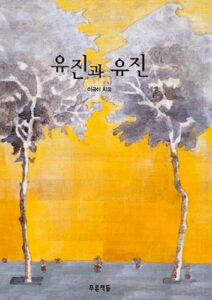
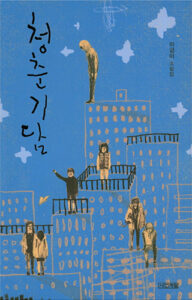

<Yujin and Yujin>, <The Story of the Youth>, <Can I Go There?>
Was there a moment when you felt rewarded as a writer of books for children and teenagers?
My readers say that they find it comforting and empowering to see me still writing; that, a writer whose books they’ve read when they were growing up, is still working as a writer. I believe that is the joy of being a young adult book writer, the fact that I can see my readers grow up. I am truly grateful and happy when they sometimes drop by and let me know how well they’ve grown up.
What is the reason behind writing novels set in a historical background instead of writing stories about children and teens?
Because I wrote about children and teens, and what was happening to them, all my stories take place in school, home, or hagwon (after school academies for additional education). As I was writing those stories, I practically lived in those spaces, which was very suffocating. I can’t imagine how it must feel for those kids who actually live there in reality.
I wanted the kids who were trapped in reality to roam different places and times. My stories take them to Japan, China, Russia, or America a hundred years ago, and I wanted to take them there and have them wander freely in that time and space. That was my intention, so the focus wasn’t the historical events.
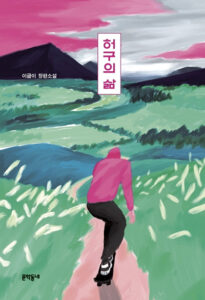
If you could pick a key part in your book <Life Traveler>, what would it be?
The story is set in a parallel universe. The main character Heogu (whose name means make-believe) comes out and says for the first time that he is a traveler of the parallel universe.
“Cut the crap,” Heogu continued without giving a hoot to it.
“You wrote yourself that there are infinitely many roads at the end of this path, no?
There really is a real world that created this path.
People don’t know that, but I do. And I saw it with my own eyes too.”
Sangman didn’t want to argue and also wanted to see how far-fetched his idea would become.
“The thing is there is a world where we’ve met a long time ago.”
* You can see the writer reading the key part of <Life Traveler> in the interview below.
